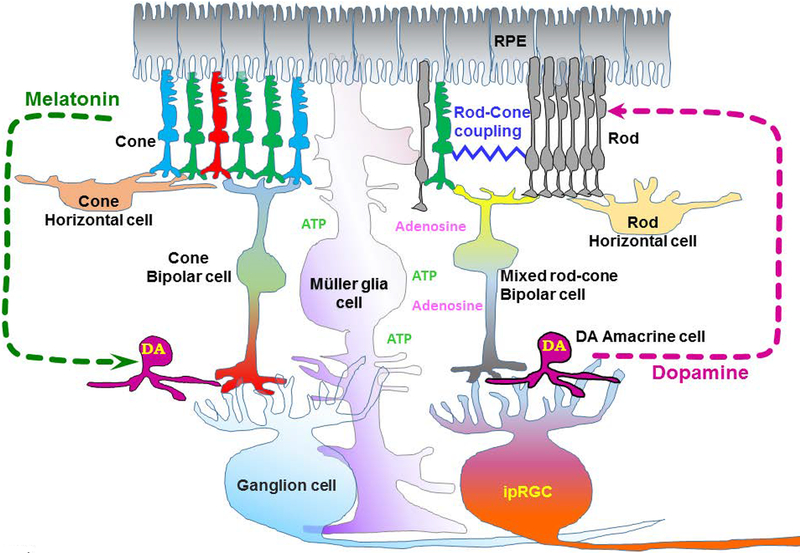Figure 2. A schematic diagram of the circadian system in the retina.
All retinal cells and retinal pigment epithelium (RPE) have circadian oscillators. Photoreceptors release melatonin at night that inhibits dopaminergic amacrine cells (DA) from releasing dopamine. During the day, dopamine released from the amacrine cells inhibits the melatonin synthesis and release from the photoreceptors. As the gap junction couplings between rods and cones are stronger at night, the intrinsic clock-driven signals, as well as dopamine, uncouple these electric synapses between rods and cones. The intrinsic photosensitive retinal ganglion cell (ipRGC) receives inputs from photoreceptors through bipolar cells, as well as receiving dopamine from AII amacrine cells. The ipRGCs directly relay the light signal to the SCN for photoentrainment.

